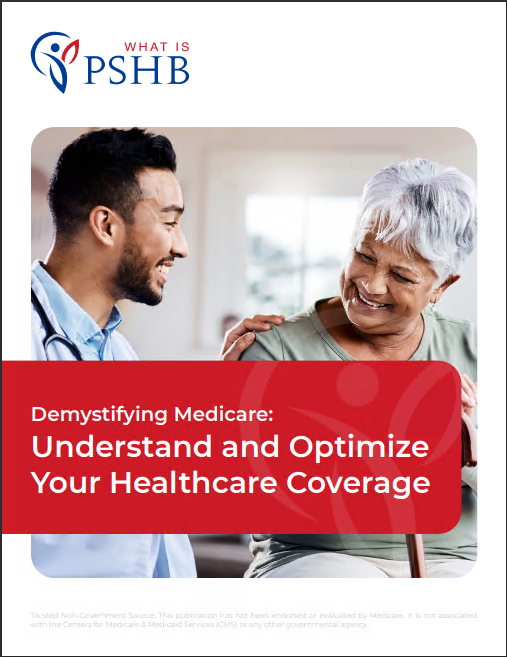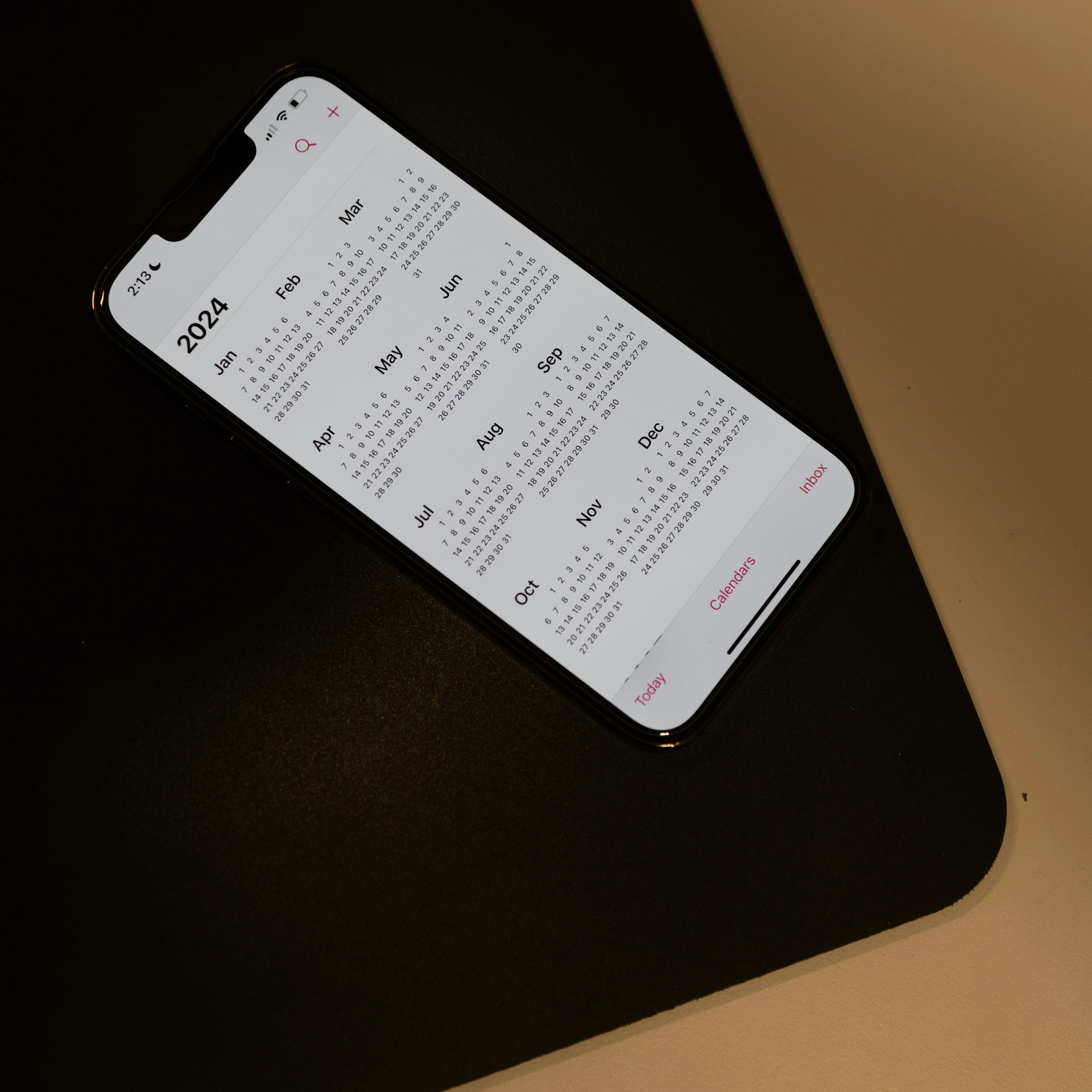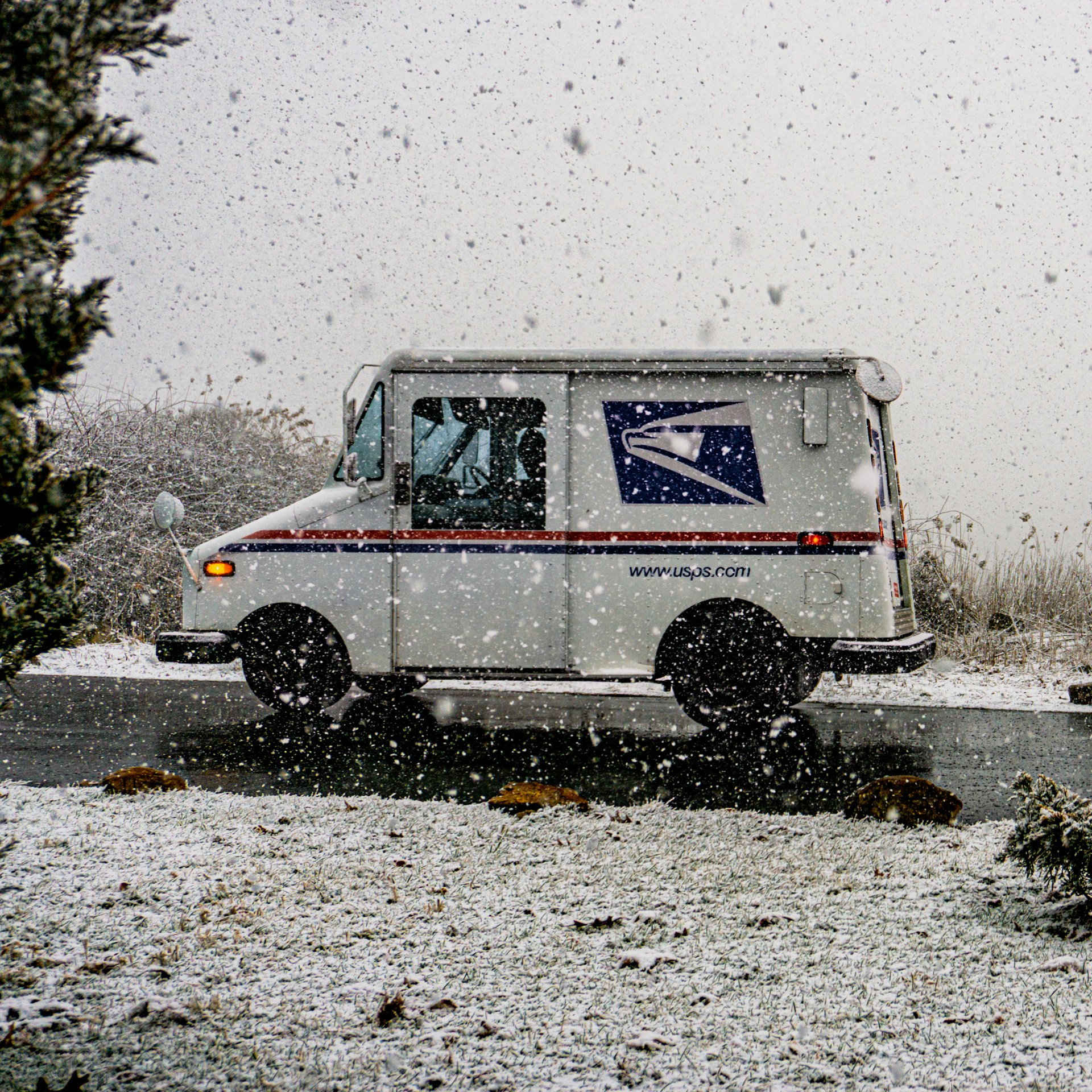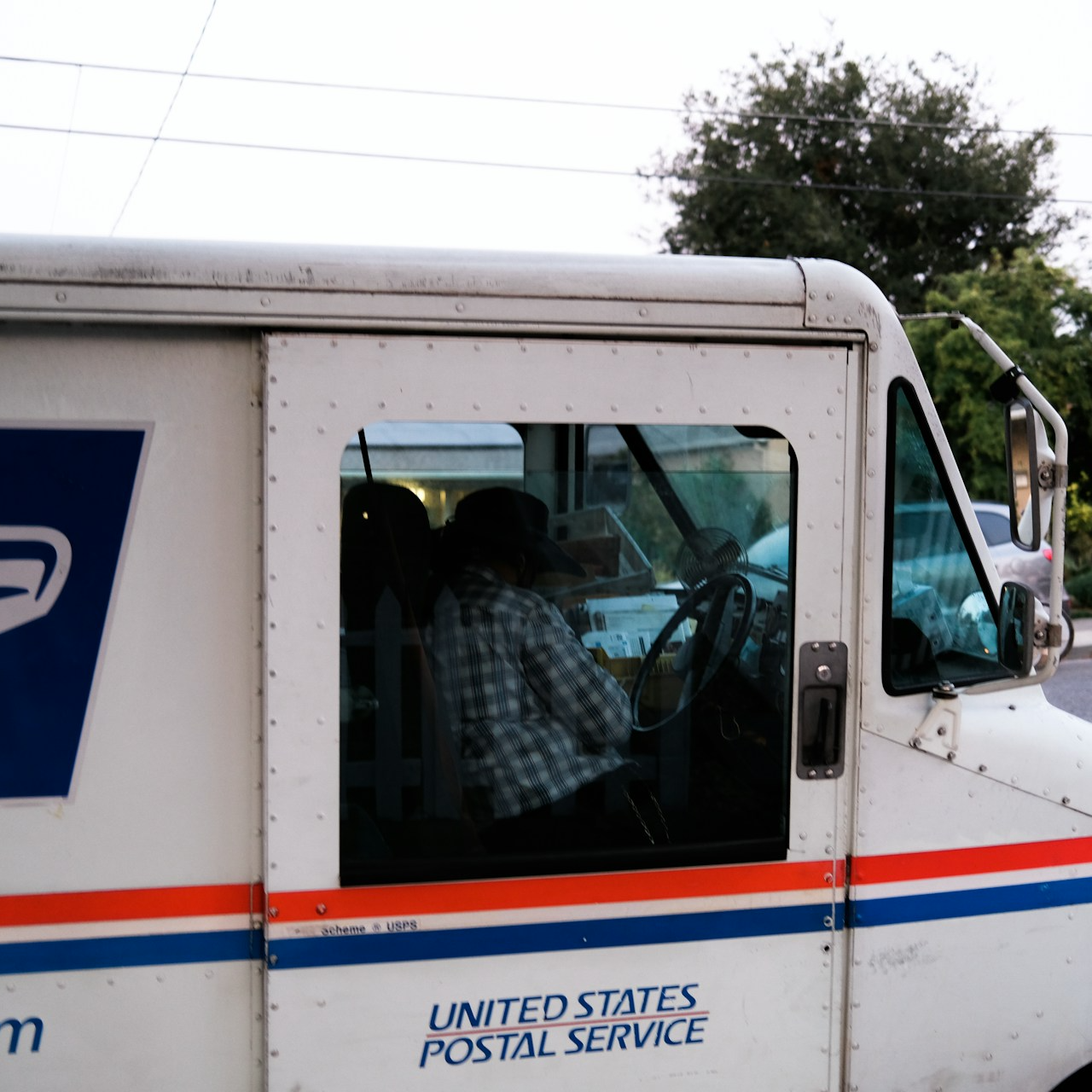Key Takeaways
- Medicare Part B is now a requirement for postal retirees to maintain health coverage under the new Postal Service Health Benefits (PSHB) program starting in 2025.
- The shift offers a penalty-free Special Enrollment Period (SEP) in 2024, allowing postal retirees to avoid late penalties while transitioning.
Medicare Part B Enrollment Becomes a Must for Postal Retirees—What’s Behind This Big Shift and What It Means for You
The recent overhaul of postal employees‘ health benefits introduces a substantial shift in how retirees must approach their healthcare coverage. As part of the Postal Service Health Benefits (PSHB) program, retirees and their eligible family members must enroll in Medicare Part B to retain their health benefits from 2025 onwards. This transition comes under the Postal Service Reform Act of 2022, designed to modernize the USPS and address its financial liabilities, particularly its healthcare commitments. Let’s dive into what this change entails and how it impacts postal retirees.
Why is Medicare Part B Enrollment Now Required?
The change to mandate Medicare Part B enrollment for postal retirees is primarily driven by the need to control healthcare costs for the U.S. Postal Service. Medicare Part B covers medical services such as doctor visits, outpatient care, and preventive services, making it a critical component for those who seek comprehensive medical coverage. By shifting eligible retirees to Medicare Part B, the USPS aims to lower its long-term healthcare expenses while ensuring that retirees still have access to necessary medical services through the PSHB.
Under the Postal Service Reform Act of 2022, the Office of Personnel Management (OPM) is tasked with administering the PSHB program, which will operate separately from the broader FEHB system. The new program aligns postal retirees with Medicare in a coordinated fashion, reducing duplication of services and costs associated with redundant health benefits.
What Is the Special Enrollment Period (SEP)?
One of the essential aspects of this transition is the provision of a Special Enrollment Period (SEP) for postal retirees and their families who were not previously enrolled in Medicare Part B. This SEP runs from April 1 through September 30, 2024, and allows eligible retirees to enroll in Medicare Part B without incurring the late enrollment penalty. Normally, the penalty adds a 10% surcharge for each 12-month period an individual is eligible but fails to enroll in Part B. However, during this SEP, the Postal Service will cover any penalties, ensuring that retirees face no financial burden when enrolling.
This SEP is a crucial opportunity for those postal retirees who may have hesitated or delayed enrolling in Medicare Part B. Retirees should take advantage of this penalty-free period to ensure a seamless transition into the PSHB program starting in 2025.
What Happens If Retirees Don’t Enroll in Medicare Part B?
For those eligible postal retirees who do not enroll in Medicare Part B during the SEP or before 2025, the consequences could be significant. Without Part B enrollment, retirees risk losing their health coverage under the PSHB program. The coordination between PSHB and Medicare Part B is designed to create an integrated system where Medicare covers medical services while PSHB acts as a secondary payer, covering costs like deductibles, coinsurance, and other benefits Medicare does not fully fund.
Postal retirees who fail to enroll in Part B will face potential coverage gaps and may have to seek alternative, and likely more expensive, private health insurance options. This can be particularly challenging for those on fixed incomes, making it imperative to understand and act on this requirement.
Are There Any Exceptions to the Part B Enrollment Requirement?
Although Medicare Part B enrollment becomes a requirement for most postal retirees under the PSHB, there are notable exceptions. These include:
- Current Annuitants as of January 1, 2025: Those who are already postal annuitants by this date and have not previously enrolled in Medicare Part B are not obligated to sign up.
- Postal Employees Close to Retirement: Employees who will be at least 64 years old as of January 1, 2025, and who retire subsequently, are exempt from the Part B requirement.
- Overseas Residents: Postal retirees living outside the United States are not required to enroll in Medicare Part B.
- Veterans and Indian Health Service Beneficiaries: Retirees who receive healthcare benefits through the Department of Veterans Affairs (VA) or Indian Health Service (IHS) are also exempt from this mandate.
These exceptions provide some flexibility for retirees in unique circumstances, ensuring that they are not unduly burdened by the new regulations.
How Will Medicare Part B and PSHB Work Together?
The integration of Medicare Part B with PSHB is designed to create a seamless and comprehensive healthcare experience for postal retirees. Here’s how the coordination typically works:
- Medicare as Primary: For retirees enrolled in Medicare Part B, Medicare will serve as the primary payer, covering outpatient services, doctor visits, and preventive care.
- PSHB as Secondary: The PSHB plan will act as a secondary payer, covering some or all of the remaining costs not fully paid by Medicare. This may include coinsurance, deductibles, or additional benefits that Medicare Part B doesn’t cover.
- Prescription Drug Coverage: The PSHB will also provide Medicare Part D prescription drug coverage through integrated plans, simplifying the process so retirees don’t need to seek separate drug coverage plans.
By coordinating these benefits, postal retirees can access a broad range of healthcare services with minimized out-of-pocket costs, enhancing their healthcare experience while maintaining affordability.
How Can Retirees Prepare for This Transition?
The key for retirees is preparation. The USPS and OPM are launching information campaigns and educational programs to ensure that retirees understand their obligations and options under the new PSHB program. Retirees should take the following steps:
- Review Eligibility and Enrollment Periods: Retirees need to confirm their eligibility for Medicare Part B and be aware of the SEP dates. Enrolling during the SEP ensures a smooth transition without penalties.
- Compare Health Plans During Open Season: The 2024 Open Season, which runs from November 11 to December 9, will allow retirees to compare and select the PSHB plan that best suits their needs. Retirees should thoroughly review plan options and determine which best complements their Medicare Part B coverage.
- Consult Official Resources: To stay informed, retirees should consult USPS communications, attend USPS-sponsored webinars, and review official OPM resources. Understanding the specific plan features and requirements can help retirees make informed decisions that optimize their healthcare coverage.
Potential Cost Benefits for Retirees Who Enroll
Enrolling in Medicare Part B may come with monthly premiums, but there are long-term savings for those who align their benefits under the PSHB program. Some PSHB plans are expected to offer additional benefits for Medicare enrollees, such as:
- Premium Reimbursements: Certain PSHB plans may reimburse Part B premiums, offsetting the monthly cost retirees would normally pay.
- Reduced Cost-Sharing: Medicare enrollees might experience reduced deductibles, copays, and out-of-pocket expenses for services covered under the PSHB plan.
- Integrated Prescription Benefits: With PSHB’s Medicare Part D integration, retirees may receive comprehensive drug coverage, potentially saving them from higher standalone Part D premiums.
Postal retirees should carefully evaluate these benefits to understand the financial implications and potential savings associated with Medicare Part B enrollment.
Moving Forward: A Unified Health System for Postal Retirees
The shift to require Medicare Part B enrollment for postal retirees under the PSHB program is a major step in modernizing USPS’s health benefits strategy. While it introduces new requirements, it also offers retirees a structured opportunity to maintain comprehensive healthcare coverage at potentially lower costs.
Retirees must act promptly during the SEP in 2024 to avoid late penalties and ensure their continued eligibility for PSHB benefits. By staying informed and taking proactive steps, retirees can navigate this transition effectively and secure their healthcare needs well into the future.
For Long-Term Savings and Health Security
Postal retirees now have a structured pathway to maintain and enhance their health coverage. Understanding the requirements and benefits of the new PSHB program is essential for a smooth transition and a secure retirement.












